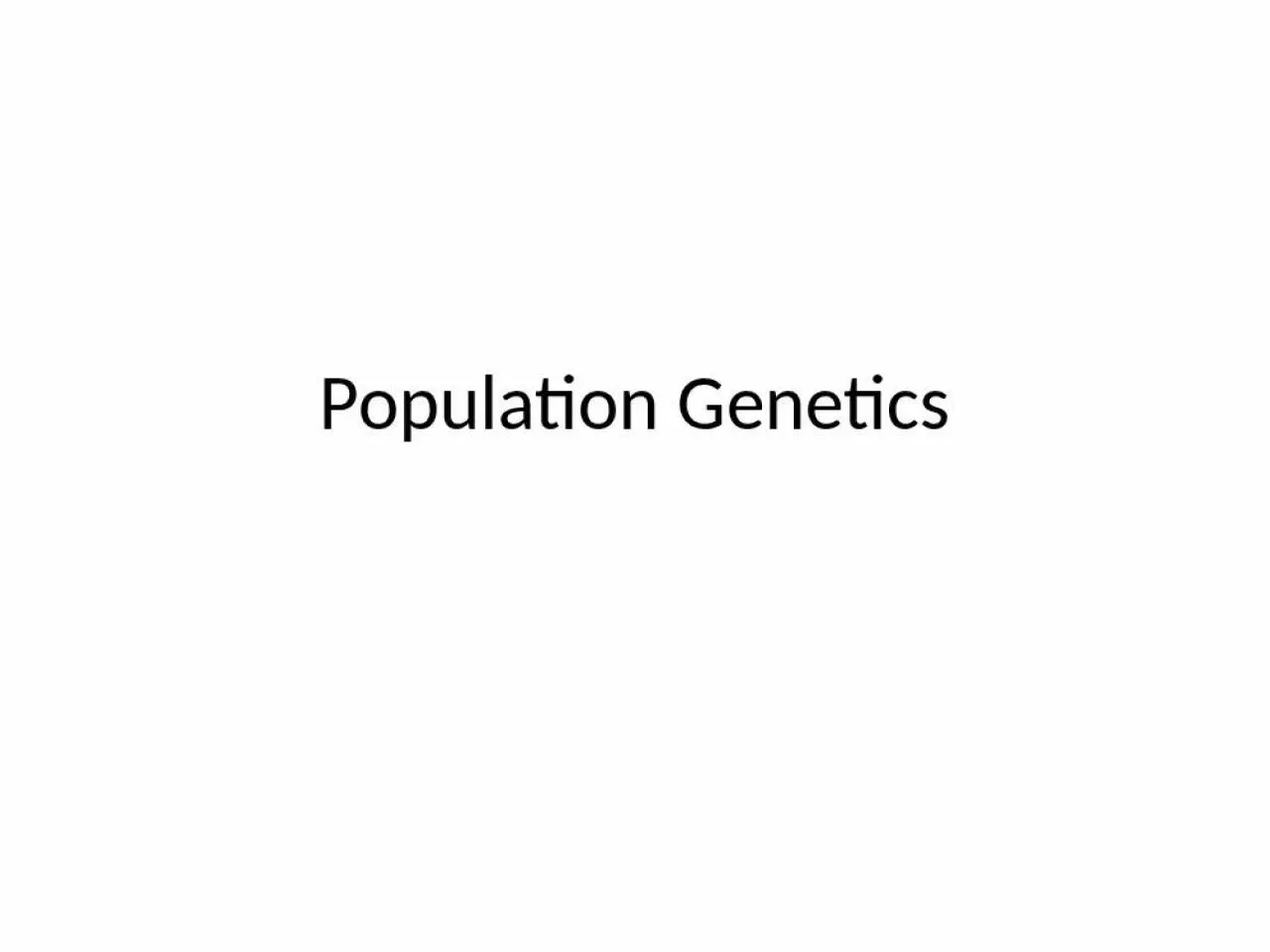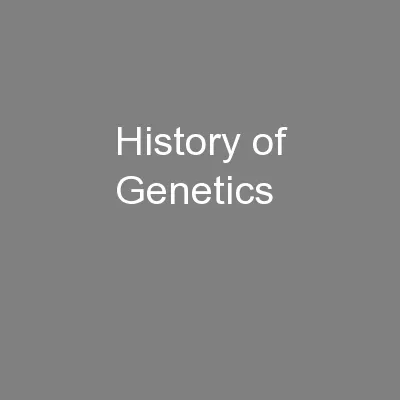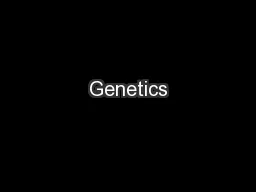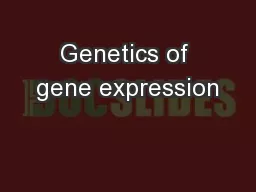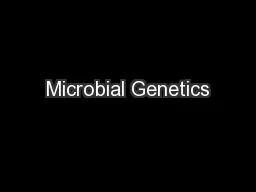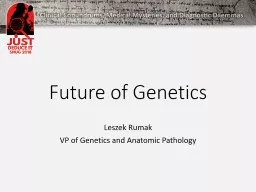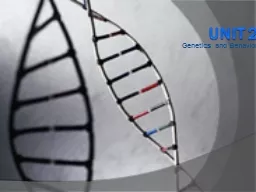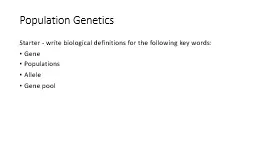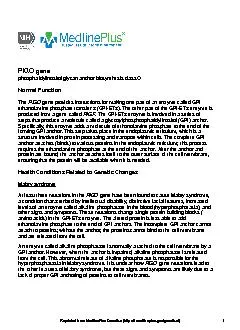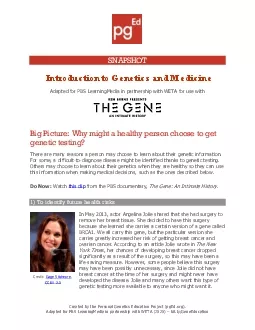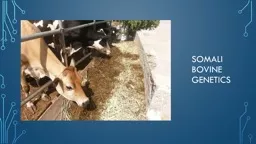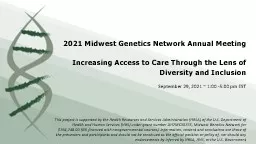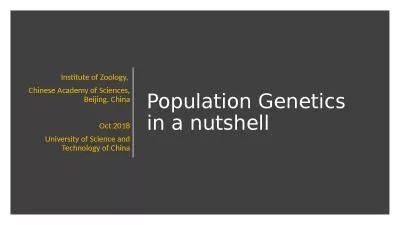PPT-Population Genetics Population genetics
Author : deena | Published Date : 2022-05-14
is concerned with the question of whether a particular allele or genotype will become more common or less common over time in a population and Why Example Given
Presentation Embed Code
Download Presentation
Download Presentation The PPT/PDF document "Population Genetics Population genetics" is the property of its rightful owner. Permission is granted to download and print the materials on this website for personal, non-commercial use only, and to display it on your personal computer provided you do not modify the materials and that you retain all copyright notices contained in the materials. By downloading content from our website, you accept the terms of this agreement.
Population Genetics Population genetics: Transcript
Download Rules Of Document
"Population Genetics Population genetics"The content belongs to its owner. You may download and print it for personal use, without modification, and keep all copyright notices. By downloading, you agree to these terms.
Related Documents

